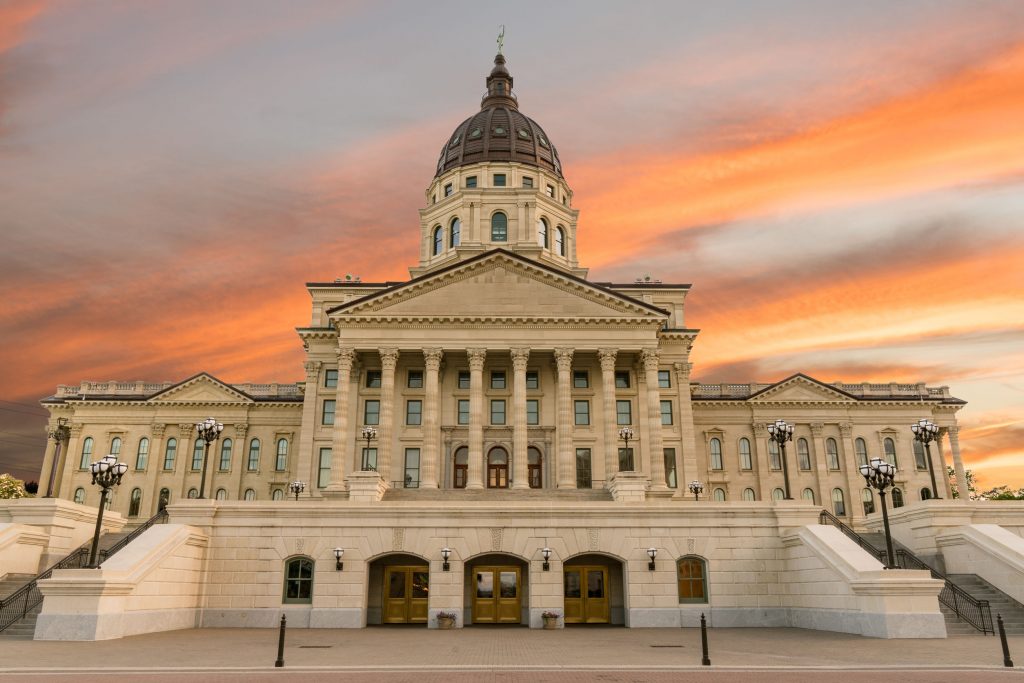Last week, Laura Kelly began a statewide tour in which she announced Medicaid expansion as her top priority for the upcoming legislative year. Expansion only adds coverage for childless, able-bodied adults, and there are other ways for them to get coverage without burdening taxpayers with additional costs.
There are opportunities for the uninsured to get access to medical insurance through existing programs at the state and federal levels. Traditional Medicaid still exists. The Federal Exchange through ObamaCare offers a tax credit for people whose incomes are at most four times the federal poverty level. Private insurance is still available to many uninsured Kansas currently; at the federal poverty level, the Federal Exchange would still apply.
Many reforms that would reduce medical costs are administrative or regulatory changes. Recognizing clinician licenses from other states and making licensure easier to acquire would increase the availability of doctors. Short-term, limited-duration insurance (STLDI) plans offer comprehensive coverage at premiums 60% lower than the lowest in Obamacare: reducing limits around STLDI plans is another option. Increasing price transparency by requiring more comprehensive billing and information to consumers makes patients more price-conscious, which in turn opens the door for more competition and better purchases that reduce costs.
As of 2022, costs per enrollee for Medicaid expansion are 64% higher than projected. In 2020, one in five dollars spent in Medicaid was an improper payment, totaling $86 billion in waste nationwide in that year alone. In FY 2023, it was $31.2 billion in improper payments. Only 20-40 cents of every dollar spent on Medicaid directly improves the welfare of recipients. Medicaid could significantly alter the state’s budget and require higher taxes in the future. Not to mention the fact that Medicaid spending is built on the back of federal debt, which in turn has interest and high costs into the future.
The costs come from the expansion of thousands of more able-bodied adults into the system. In Montana, for instance, original estimates of enrollment were at 59,000. But today, the total amount of enrollees is 125,034. There are more able-bodied adults enrolled than children enrolled there. From 2015 to 2022, the state spending on Medicaid has gone from $1.1 billion to 2.3 billion and continues to take a larger share of their budget.
After all of this, Medicaid patients wait longer and are less likely to successfully schedule primary care appointments than private insurance holders.
Proponents of Medicaid expansion point to the fact that the federal government pays the lion’s share of the cost as a reason to expand. But this falls short for two reasons. For one, Kansans pay their federal income taxes too: though it’s at a much larger scale, it still would be an increase in spending and cost for them. That’s not even considering the absolute glut of federal debt and the interest growing on it. Additionally, Congress can reduce the 90% reimbursement rate at any time; for example, other the federal government pays about 60% of Medicaid costs in Kansas currently.
In 2022, the Kansas Health Institute estimated that the 10-year cost of Medicaid expansion at $320 million. But at any point, the federal government could place the total 10-year cost of $13 billion in for the state budget to absorb and walk away.
Expand advocates often say that expansion will save rural hospitals, but the data show that not to be true. According to a 2019 study by Moody’s, once macroeconomic factors and other industry-wide effects on hospitals are factored in, hospitals in expansion states are not financially stronger than in non-expansion states.
Medicaid expansion opens the door for significantly increased costs with questionable returns for Kansans.





